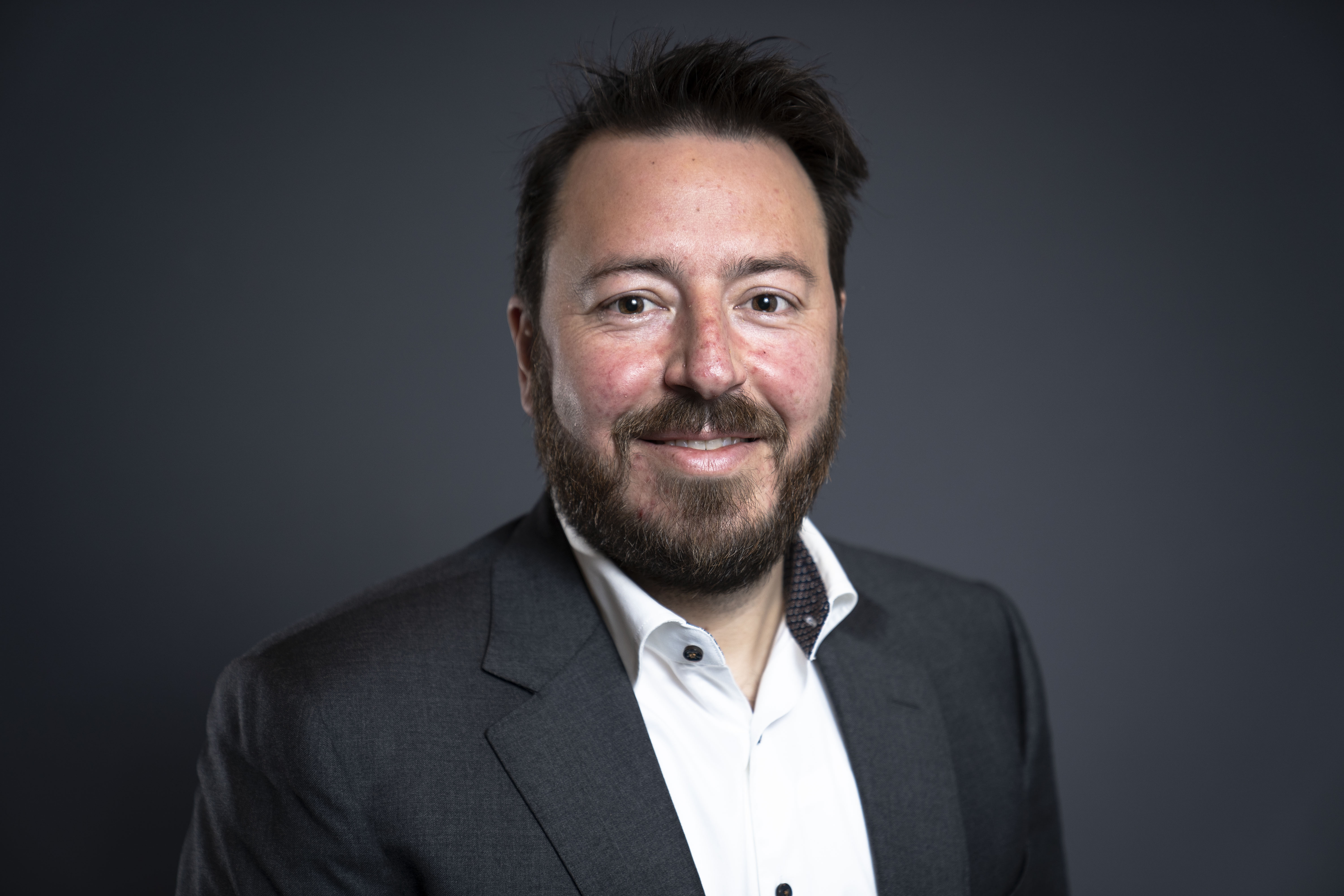Jonas Geldmann
Research leader

Project title
Learning from citizen science to map threats to wildlife globally
What is your project about?
We are in the Anthropocene, characterized by an unparalleled human impact on the global environment. Despite this, we still have limited information about the spatial patterns and intensity of the threats responsible for this crisis. This project will address this knowledge-using the IUCN Red List. The Red List is one of the most important datasets in conservation and contains expert assessments for >100,000 species including information on their ranges and the threats facing them. However, threats are recorded at the species level, thus, assessing where in their range they occur require a new and bold approach. Learning from citizen science, I propose a novel method using state-occupancy models to address this weakness to develop robust maps of threats to biodiversity. I will use these maps to elucidate which biological and geographical traits explain patterns of threats in space and time. Finally, I will analyse under what conditions protected areas, mitigate threats to biodiversity.
How did you become interested in your particular field of research?
I actually don’t remember a time where I didn’t want to be a “animal researcher”. Studying biology was therefore the only choice I could imagine after high school and while at university I realized that it was in particular the challenges related to conserving nature under the unprecedented human pressure of the 21st century that I wanted to work on. I not only find this research area incredibly fascinating, but it also keeps challenging me because any question and answer related to protecting biodiversity requires skills and knowledge from both the natural and social sciences which forces me to constantly learn new things – and often things outside of my professional training.
What are the scientific challenges and perspectives in your project?
The biggest challenge is getting spatial information on threats out of the species-level assessments in the Red List. This requires a bold new approach and looking to other disciplines who are more accustomed to working with noisy data. If we success this project will deliver exciting new knowledge about the distribution of threats which can help to answer what factors predicts the impact of threats to species and how be best mitigate these.
What is your estimate of the impact, which your project may have to society in the long term?
I think the results of this project can help to showcase where threats to biodiversity are most intense and why. This will help our responses and hopefully help slow the current biodiversity loss by optimizing our solutions to target the places most in need and using the most appropriate tools.
Which impact do you expect the Sapere Aude programme will have on your career as a researcher?
The Sapere Aude grant is a recognition of my work and one I am incredibly grateful for. This will have a lasting impact on my research career and will allow me to establish a research group around this exciting research area.
Background and personal life
I live with my partner Katharina, and our 4-month-old daughter Hannah, in Copenhagen and these days starting a family takes most of my free time. However, my work-wise passion for nature also rubs off on my spare time where I try to spend as much as possible outside in nature. Ideally long hikes through remote areas with my tent and stove but these days I am gladly settling for a walk around the local lake.
View all research leaders here
Research institution
University of Copenhagen, Faculty og Health and Medical Sciences, Center for Macroecology, Evolution and Climate
Research field
Nature conservation, Biology
City of your current residence
Copenhagen
High school
Aurehøj Amtsgymnasium
